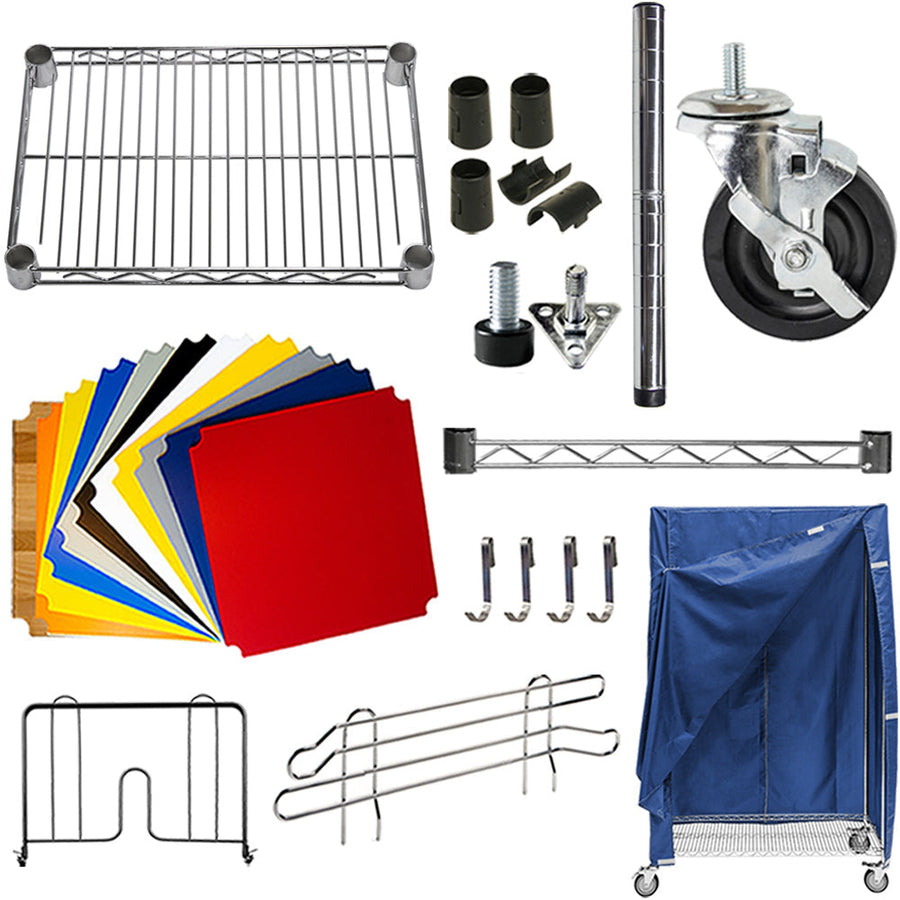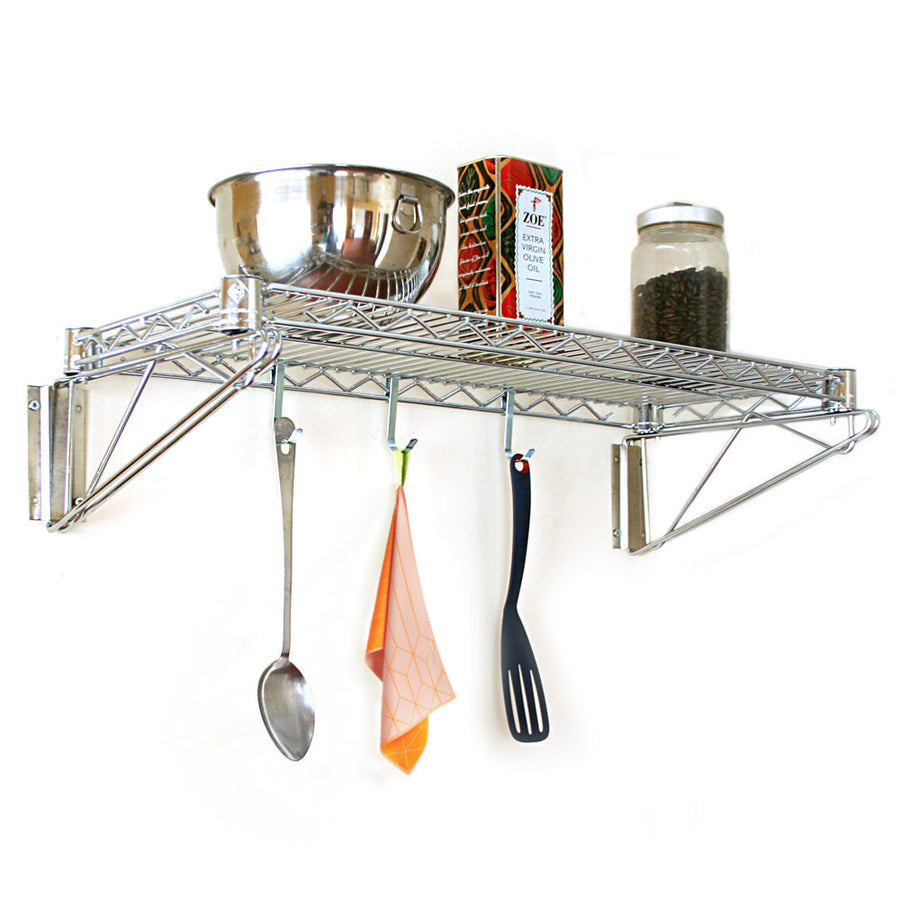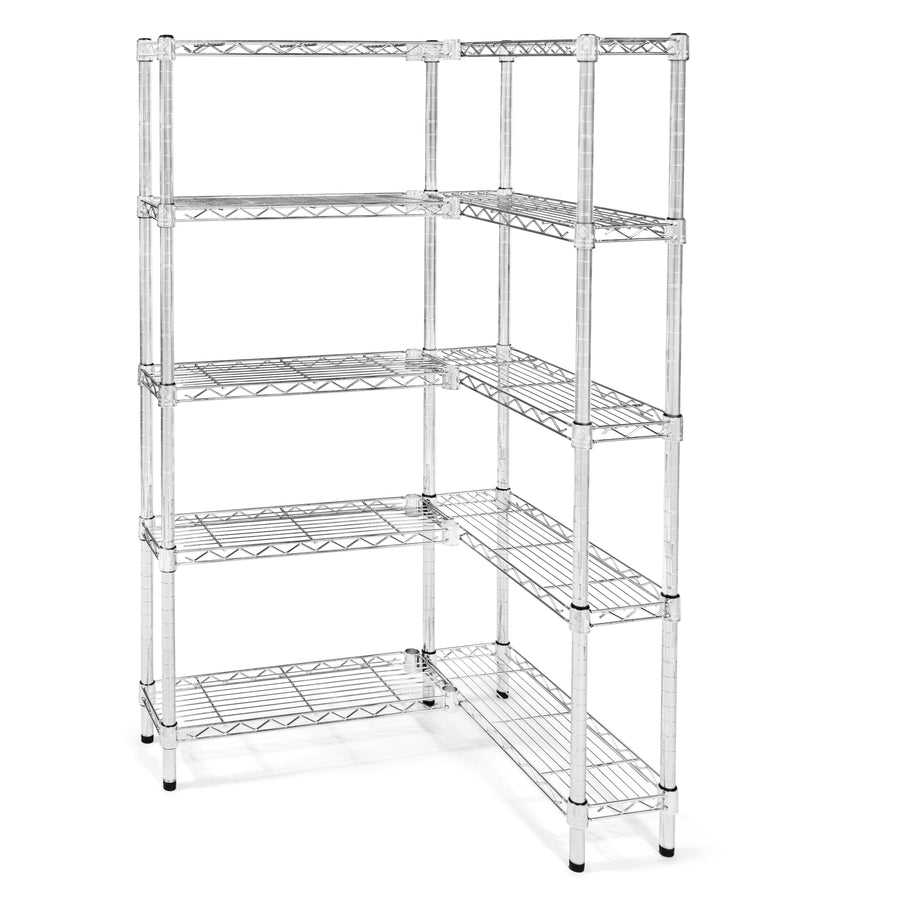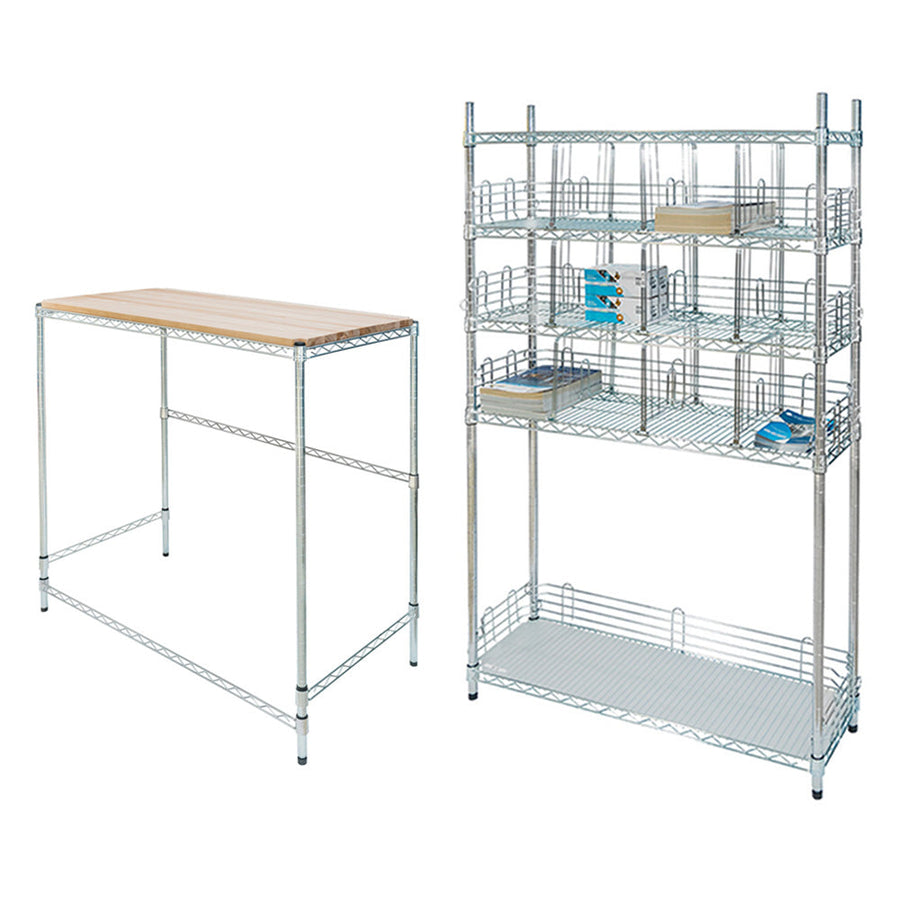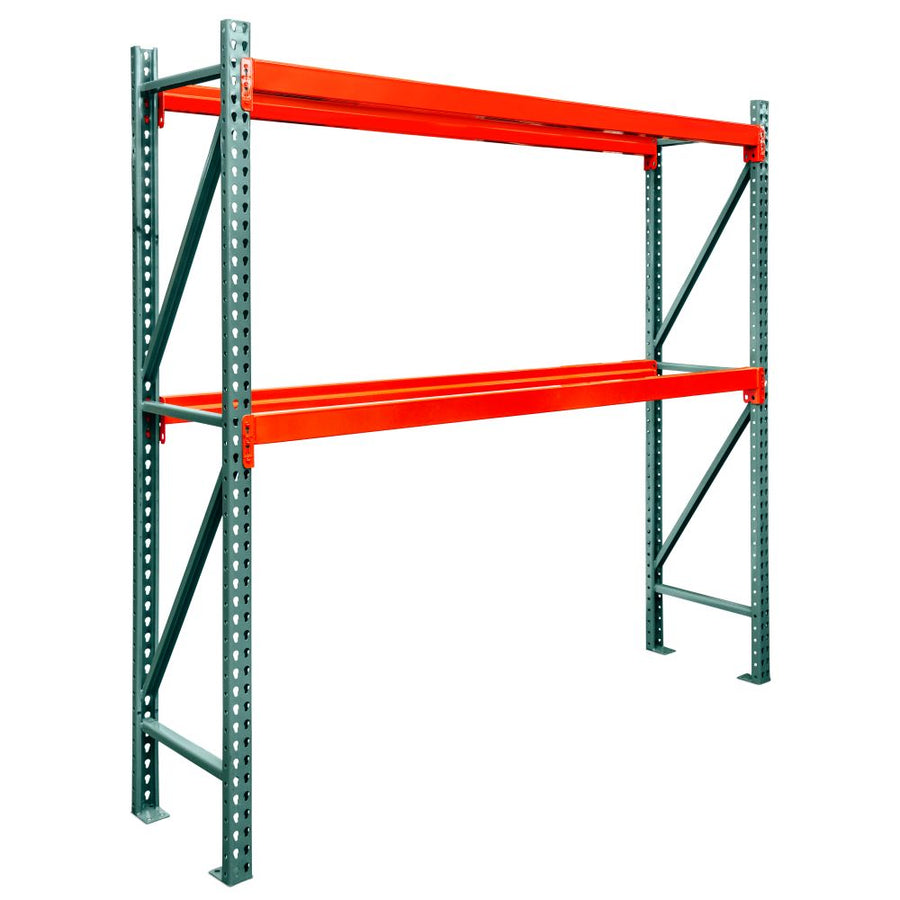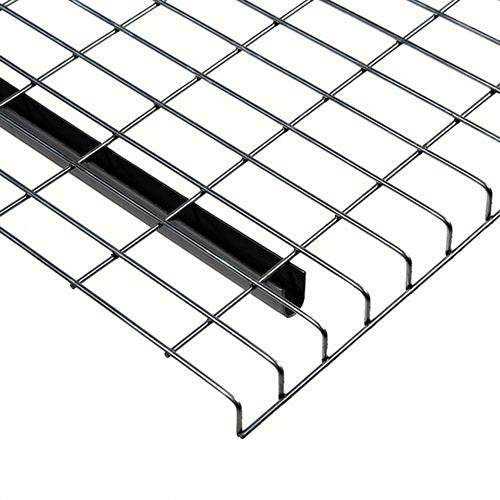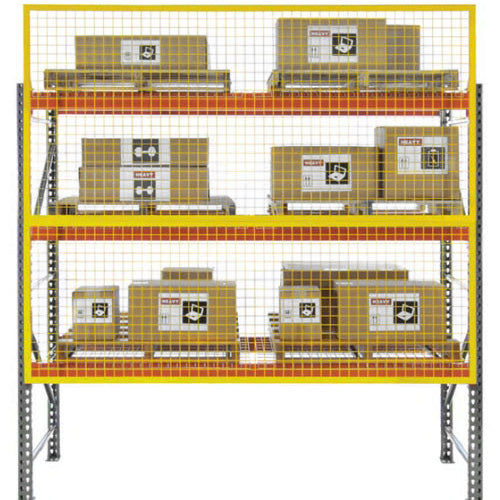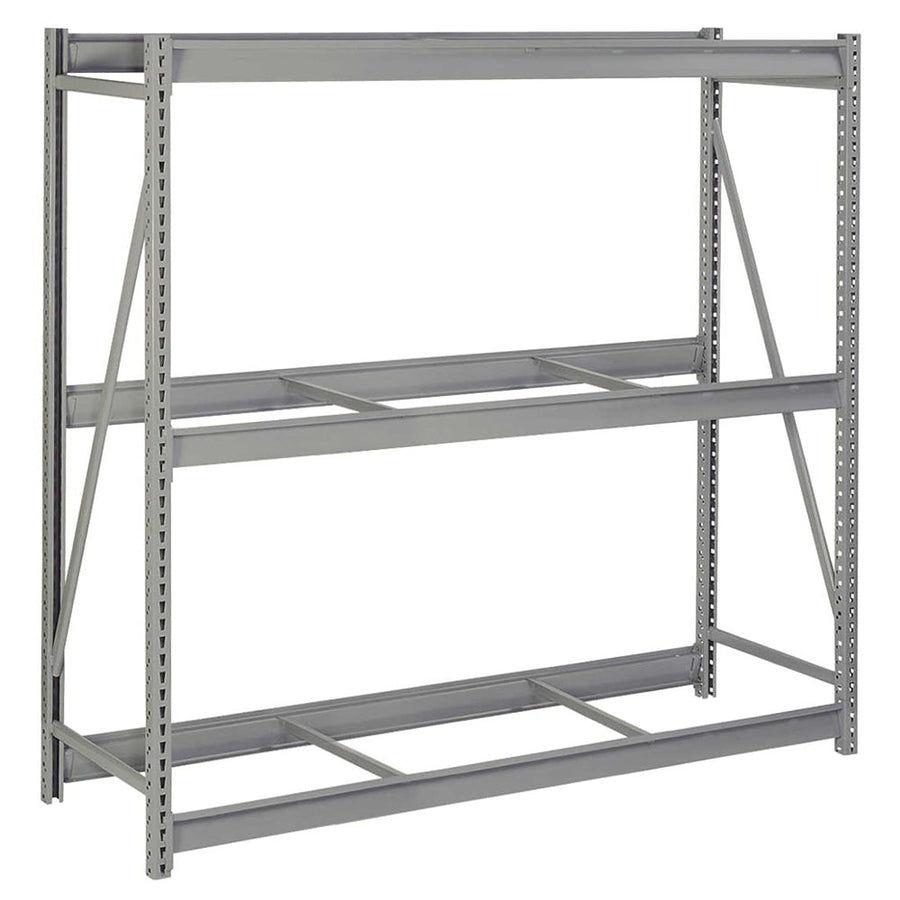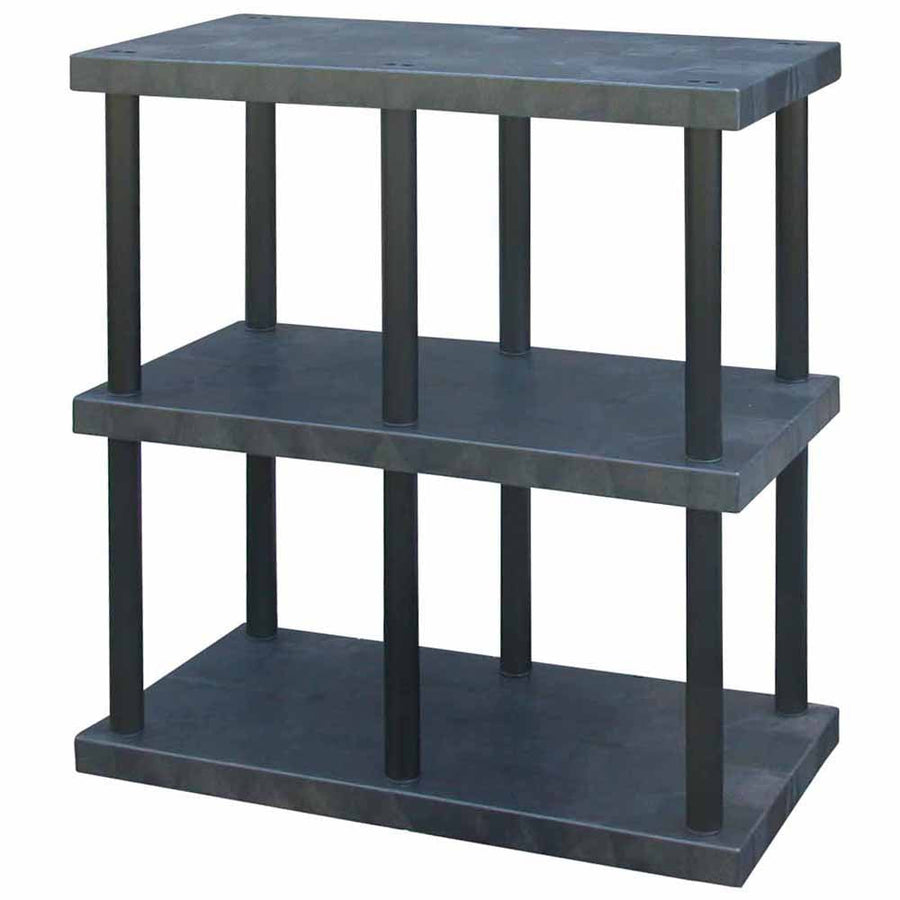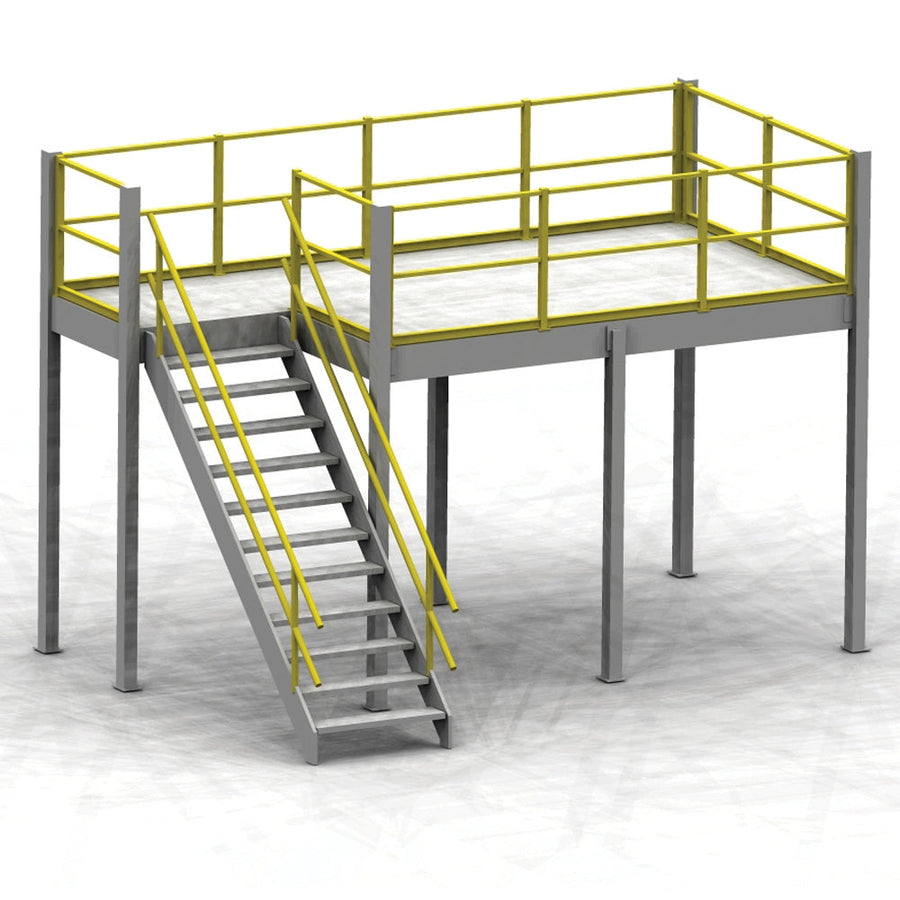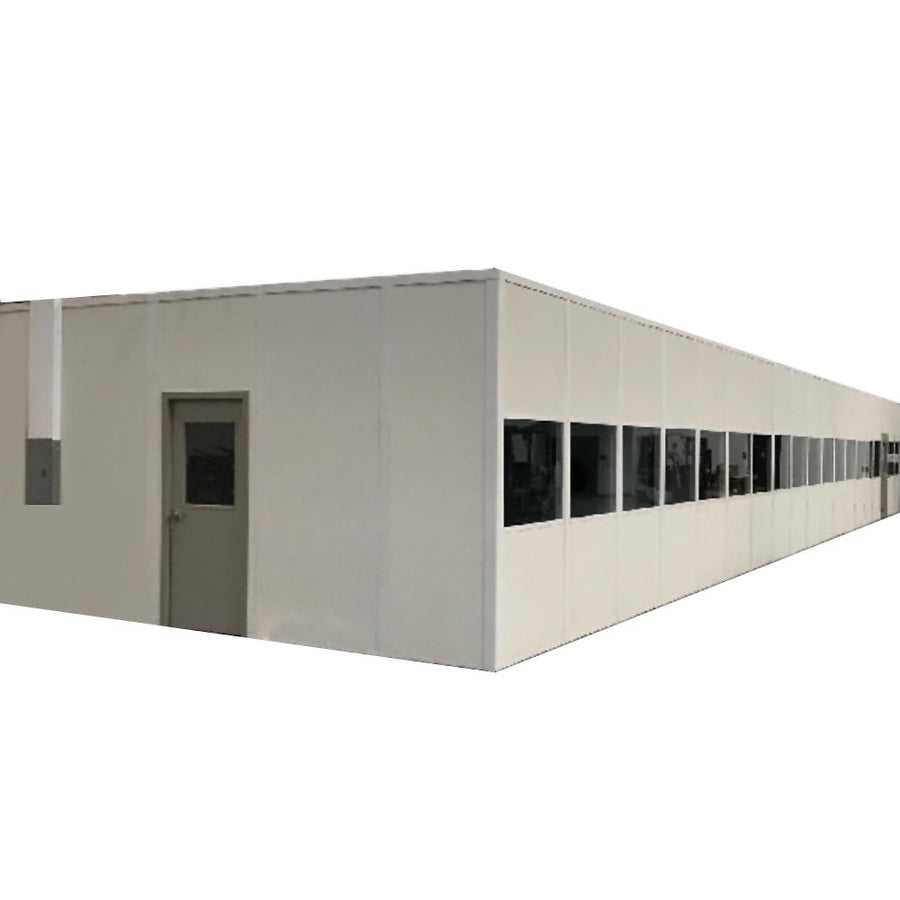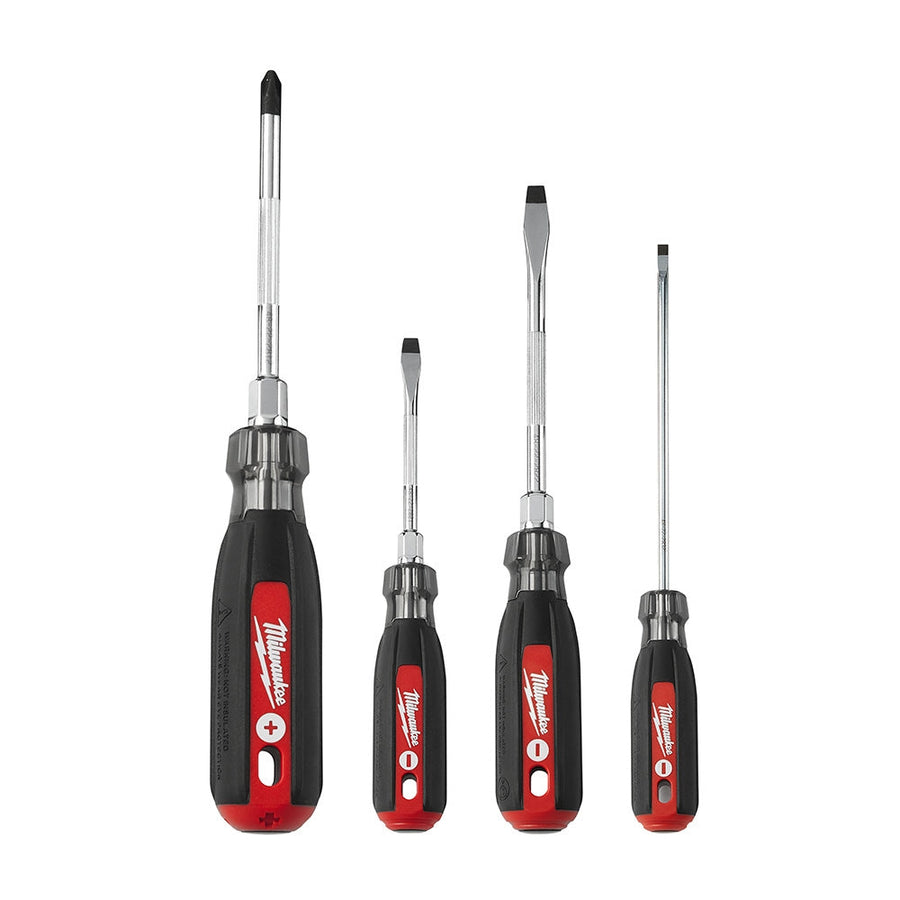As the new year approaches, warehouses face the challenge of adapting to evolving demands and improving operational efficiency. A well-prepared warehouse ensures smoother workflows, maximized space utilization, and enhanced productivity. Preparing for a successful year involves detailed planning, strategic organization, and incorporating the right tools and systems to meet both current and future demands.
Start with a Clean Slate
A clean and organized warehouse is the foundation of efficient operations. Begin by conducting a comprehensive audit of your inventory. Identify obsolete, damaged, or slow-moving items that take up valuable space. Disposing of or reallocating these items can free up room for high-priority inventory. Additionally, clearing clutter and unused materials creates a safer and more navigable workspace for employees.
Thorough cleaning also includes ensuring that fixtures like guard rails, boltless shelving, and pallet racks are in good condition. Damaged equipment should be repaired or replaced to maintain safety standards and operational efficiency. A clean start allows your warehouse to transition seamlessly into the new year.
Optimize Storage Solutions
Maximizing Vertical Space with Pallet Racking Systems
Pallet racking systems are indispensable for modern warehouses. By utilizing vertical space, these systems maximize storage capacity without expanding the warehouse footprint. Different types of pallet racking systems cater to various needs. For instance, push back racking provides high density storage, while drive-in racking is ideal for compact stock control. Investing in the right racking system ensures efficient use of space and streamlined inventory access.
Versatility of Boltless Shelving
Boltless, or rivet, shelving is a flexible storage solution perfect for smaller items or parts that need frequent access. The ease of its tool-free assembly and adjustability allows warehouses to customize layouts based on changing inventory requirements. This adaptability makes boltless shelving a cost-effective option for maintaining organized storage.
Benefits of Wire Shelving
Wire shelving is offered in a wide range of sizes and is particularly advantageous for warehouses that need flexible storage, as it’s adjustable in one-inch increments. Its open design allows for better airflow, reducing the risk of dust accumulation and maintaining product quality. The visibility offered by wire shelving also simplifies stock checks, improving inventory management efficiency.
Organized Storage with Bins and Containers
Storage bins and containers are essential for categorizing and organizing smaller items. Clear bins make it easier to identify contents, while color-coded systems enhance operational efficiency by streamlining picking processes. Stackable bins further optimize space, contributing to a well-ordered warehouse environment.
Enhance Labeling and Inventory Systems
Efficient labeling is a critical aspect of warehouse organization. High-quality labels for shelves, bins, and pallets ensure that inventory is easy to locate and manage. Pairing clear labeling with advanced inventory systems like barcodes or RFID tags can significantly improve tracking accuracy and reduce errors.
Implementing an inventory management system provides real-time insights into stock levels and movements. This technology not only enhances operational accuracy but also supports better decision-making by providing data on inventory trends and demand patterns. These systems integrate seamlessly with storage solutions like pallet racking, creating a cohesive and efficient operation.
Creating Efficient Workflows
An optimized workflow minimizes delays and ensures smooth operations. Start by analyzing your warehouse layout. Organize products based on turnover rates, placing high-demand items closer to shipping areas to reduce travel time. Group similar items together to simplify picking and packing processes.
Zoning is another effective strategy. Designate specific areas for receiving, storage, packing, and shipping to eliminate bottlenecks and maintain order. Additionally, ergonomic workstations equipped with storage bins and wire shelving keep tools and materials within easy reach, enhancing employee productivity.
Prioritize Safety and Maintenance
Safety is integral to warehouse efficiency. Regular inspections of pallet racking, shelving, and other storage systems ensure that they meet safety standards and remain stable. Clearly marked walkways, emergency exits, and hazardous zones reduce the risk of accidents.
Routine maintenance is equally important. Well-maintained equipment operates more reliably, minimizing downtime. Proper lighting throughout the warehouse enhances visibility, further contributing to a safe and efficient work environment.
Leveraging Technology for Efficiency
Technology plays a pivotal role in modern warehouse management. Warehouse Management Systems (WMS) provide comprehensive tools for tracking inventory, automating reordering processes, and optimizing picking routes. These systems integrate with other technologies, such as barcode scanners and RFID systems, to create a seamless operational flow.
Automation tools, including conveyor systems and robotic pickers, can handle repetitive tasks with precision and speed, reducing labor costs. IoT sensors add another layer of efficiency by monitoring environmental conditions like temperature and humidity, ensuring that goods are stored under optimal conditions.
The Importance of Employee Training
While advanced systems and tools enhance warehouse operations, a skilled workforce is essential to maximize their potential. Invest in training programs to familiarize employees with new technologies and protocols. Well-trained staff can adapt to changes quickly, operate equipment safely, and contribute to overall efficiency.
Encourage a culture of continuous improvement by involving employees in workflow analysis and soliciting their feedback on potential enhancements. A motivated and engaged team is a cornerstone of a successful warehouse.
Monitoring Performance and Making Adjustments
The new year provides an opportunity to set performance benchmarks and track progress. Key performance indicators (KPIs) such as order accuracy, inventory turnover, and pick speed offer valuable insights into operational efficiency. Regularly reviewing these metrics allows warehouses to identify areas for improvement and implement necessary adjustments.
Flexibility is crucial in responding to evolving demands. By monitoring performance and remaining open to change, warehouses can maintain high levels of efficiency and customer satisfaction.
Preparing your warehouse for the new year requires a combination of strategic planning, organization, and the right tools. From optimizing storage with pallet racking and wire shelving to enhancing workflows with labeling systems and technology, every aspect contributes to a more efficient operation. Prioritize safety, invest in employee training, and remain adaptable to ensure sustained success in the year ahead. By taking these steps, your warehouse will be well-positioned to meet the challenges of the new year and beyond.



